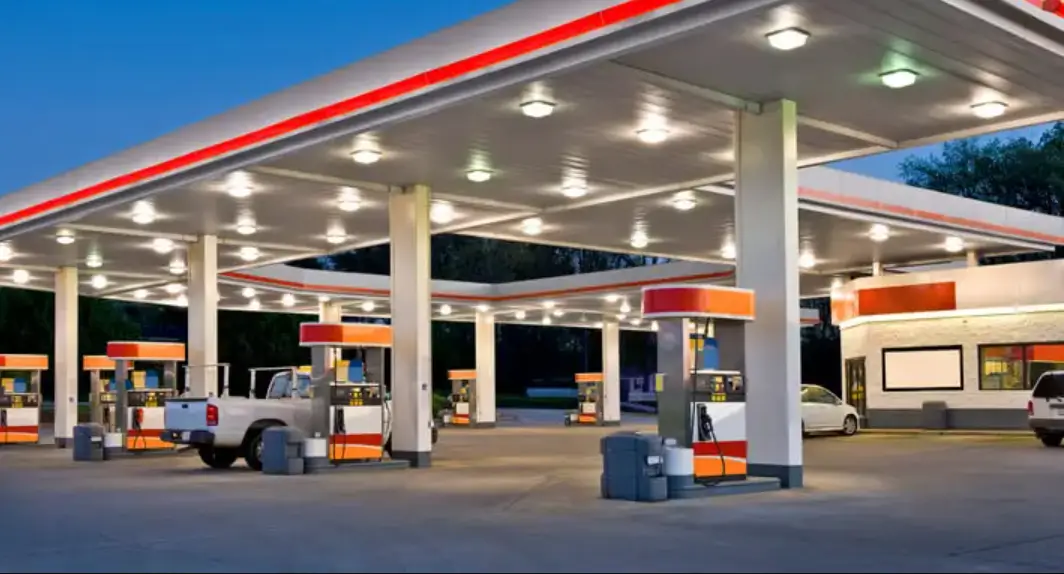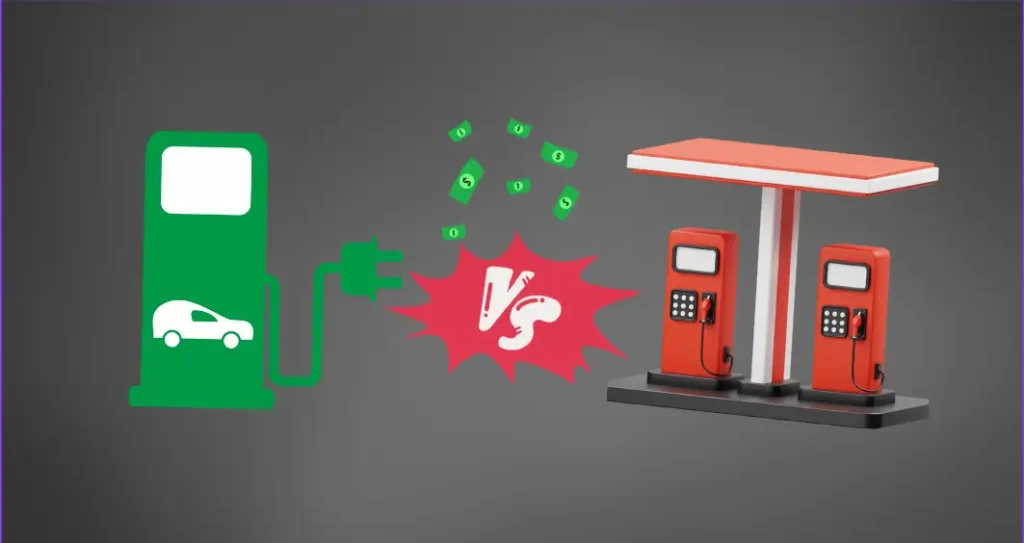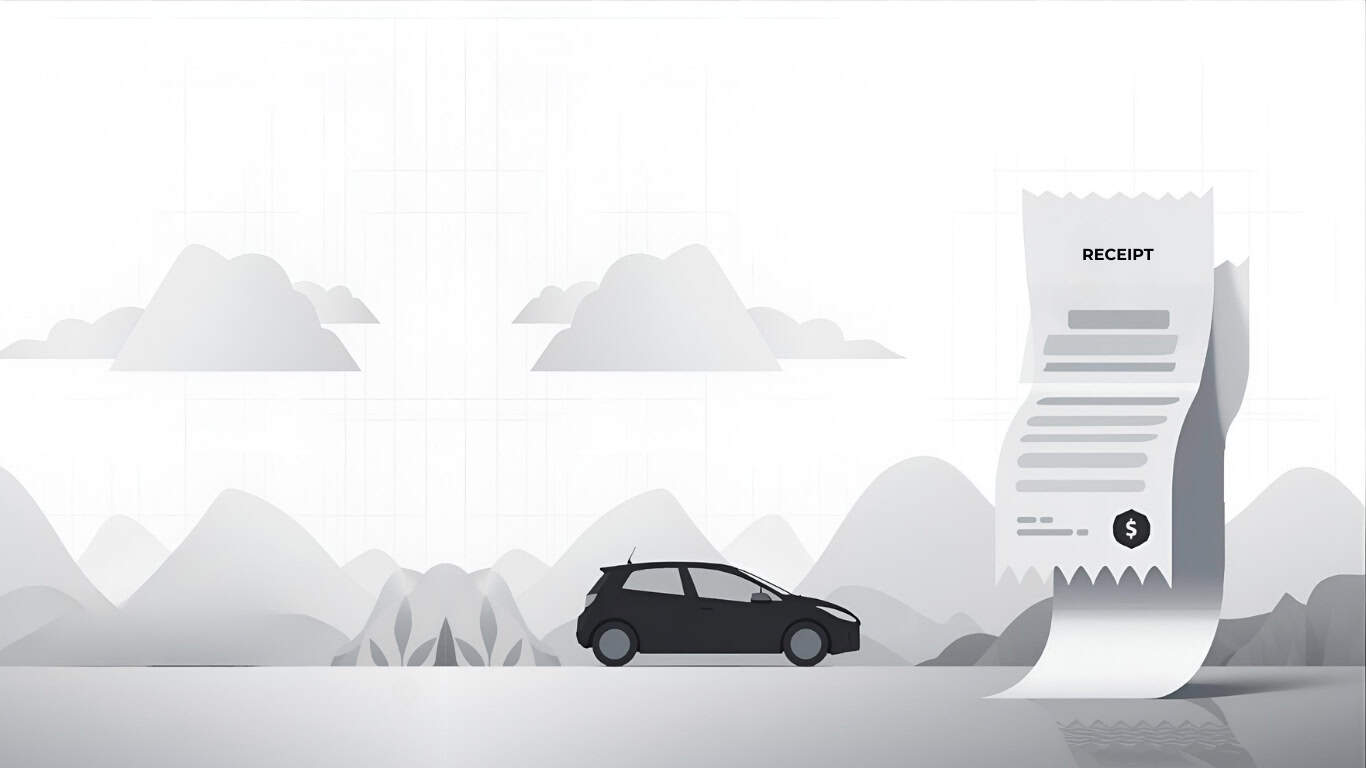Gas stations are everywhere – almost like modern-day landmarks. But as electric vehicles (EVs) continue to grow in popularity, we’re seeing more and more EV charging stations pop up across the country.
This raises a burning question: Could EV charging stations eventually outnumber gas stations? If so, what would that mean for drivers, infrastructure, and our future energy consumption?
Let’s take a closer look at this evolving landscape and break down some key points that don’t always get the spotlight.
DOWNLOAD: “EV Charging vs Gas Stations: The Future of Driving”.PDF
The Numbers: How Gas Stations and EV Charging Stations Compare
Gas Stations: Across Every Corner
There’s no denying the massive presence of gas stations in the U.S. As of 2024, around 145,000 gas stations are scattered across the country, a number that’s remained relatively stable.
Each one of these stations can typically service dozens of cars at a time, with quick fill-up times ranging from 3 to 5 minutes per car.
The infrastructure is mature, and, frankly, it’s hard to picture a world where a gas station isn’t right around the corner. But… there’s a new player in town.

EV Charging Stations: A Growing Presence
According to Bloomberg, about 140,000 public EV chargers are currently across the U.S. While this number might seem close to the number of gas stations, EV charging stations often have fewer “pumps” or chargers than gas stations, and charging a vehicle takes significantly longer than filling up a gas tank.
To give you some context, depending on the charger type, EV charging times can vary from 30 minutes to over an hour for a substantial charge.
Plus, fast chargers are still relatively scarce. In other words, while the number of EV chargers is increasing, we aren’t at a point yet where they can compete with gas stations in terms of sheer convenience.

Hidden Factors: The Challenges Behind the Numbers
While many articles highlight the growing numbers of EV chargers, they often gloss over critical details that make this comparison more complex.
1. Location Density
Gas stations are spread pretty evenly across both urban and rural areas. You’ll find them in big cities, small towns, and off highways. EV chargers, on the other hand, are heavily concentrated in urban areas.
As Coast Pay notes, rural regions are still lacking in EV infrastructure, and long-distance travel remains a challenge for many EV owners due to the so-called “charging desert” issue.
This means that while the numbers are increasing, the distribution of these chargers isn’t as widespread or convenient as it needs to be.
2. Public vs. Private Charging
A point often missed by many is that the number of public EV chargers only tells part of the story. A significant percentage of EV charging happens at home. But what if you don’t have a garage or easy access to home charging?
This issue especially affects those living in apartment buildings or in cities where street parking is the norm. While public charging stations aim to fill that gap, the infrastructure isn’t there yet to match the convenience of the corner gas station.
3. Charging Speed
Let’s be real: gas stations still win hands down when it comes to speed. As Wired points out, even the fastest EV chargers today can’t match the 5-minute gas station stop we’re all used to. Fast chargers, like the ones offered by Tesla’s Supercharger network, can get you back on the road in about 30 minutes, but they are far from being the norm across the country.
When Will EV Chargers Outnumber Gas Stations?
We’re all wondering: when will we have more EV charging stations than gas stations? Some experts, including Bloomberg, estimate that the turning point could come by 2030.
However, this isn’t as simple as matching the number of chargers to gas stations. As we’ve covered, EV charging stations will need to catch up in density, speed, and accessibility – not just raw numbers.
Let’s also not forget about the cost. Setting up an EV charging station can be expensive, with installation prices ranging from $10,000 to $50,000 per station.
This makes it a bigger investment than a typical gas pump installation. And while government incentives are helping to offset some of these costs, it’s still a considerable hurdle.
The Environmental Argument: Is the Shift Worth It?
There’s no denying that EVs are better for the environment than gas-guzzling cars. But the shift to EV charging stations is about making sure that the electricity powering those stations is coming from clean, renewable sources.
Currently, the U.S. still relies on fossil fuels for a large portion of its electricity, which means that adding more chargers won’t fully solve our environmental problems. We need to ensure that EV stations are part of a larger strategy to transition to green energy.
The Future of Fuel: Where Do We Go from Here?
So, what does the future hold for gas stations and EV charging stations? One potential scenario is a hybrid model, where gas stations also provide EV charging options, catering to both types of vehicles.
In fact, some gas stations are already installing fast chargers to attract EV drivers, creating a bridge between the old and new infrastructure.
Another interesting possibility is that as more EVs hit the road, gas stations may start to phase out in certain areas, especially urban centers where EV adoption is faster.
But this transition will likely be slow, with gas stations continuing to serve rural areas and long-distance travelers for years to come.
At the end of the day, the shift from gas to electric won’t happen overnight. It’s going to take time, investment, and a fundamental rethinking of how we fuel our vehicles.
Final Thoughts
Gas stations aren’t going away anytime soon, but the rise of EV charging stations is a clear sign that we’re on the brink of major changes in the way we power our cars.
From public chargers to home setups, the infrastructure is growing – albeit with some challenges. So, the next time you pull into a gas station, take a moment to think about how things might look just a decade from now.
What do you think? Are we ready for EV chargers to overtake gas stations, or do we still have a long way to go?





